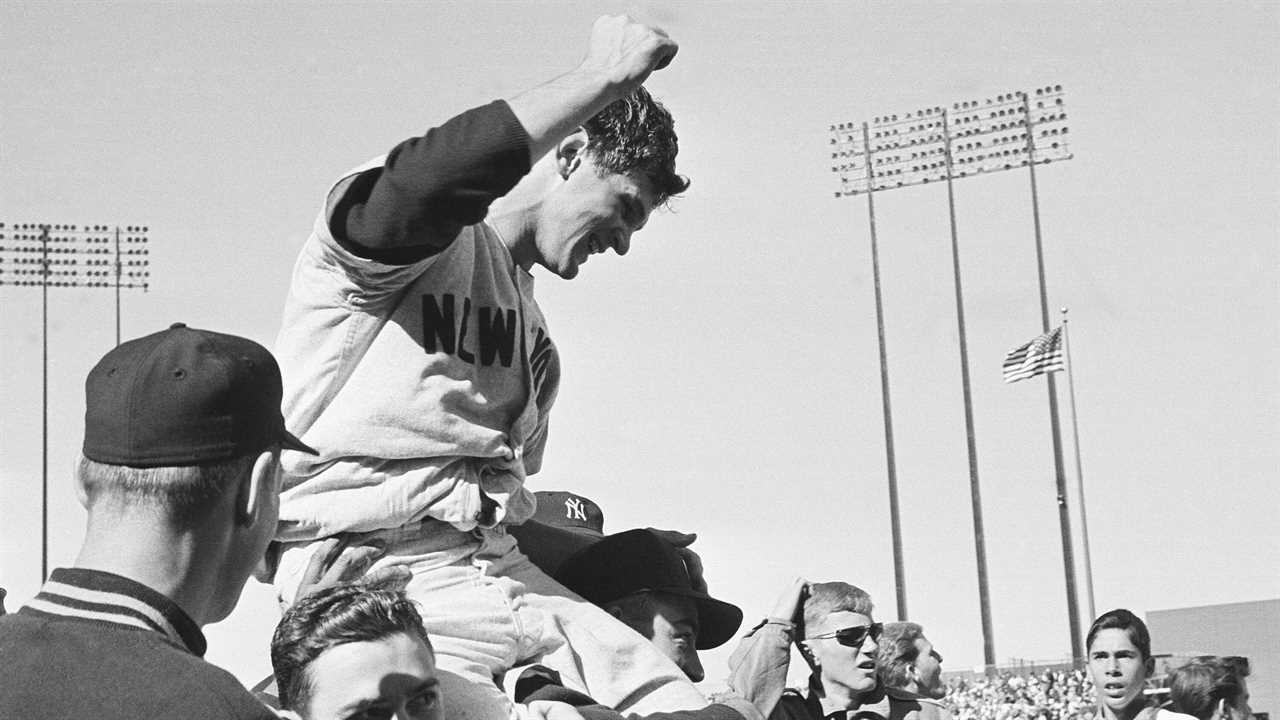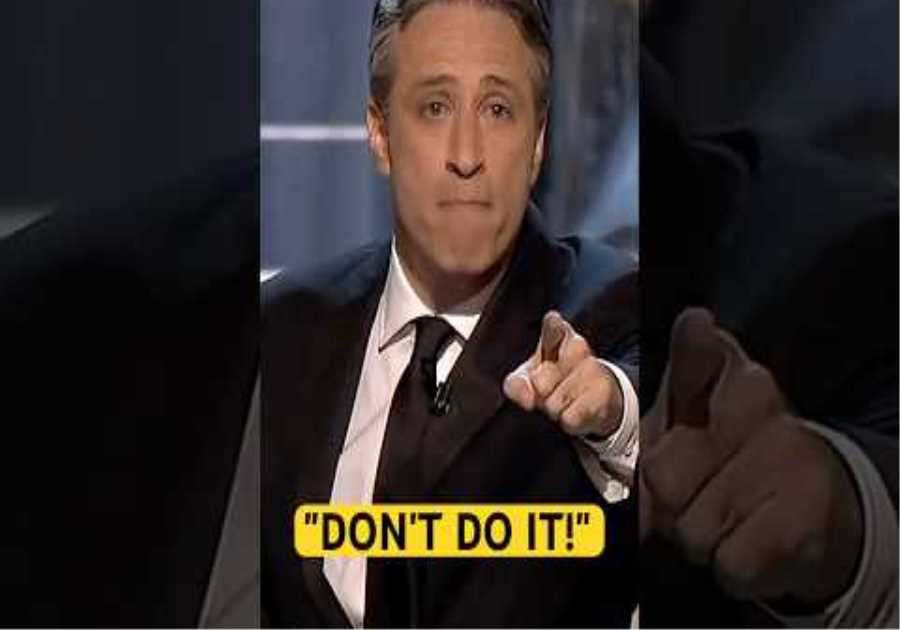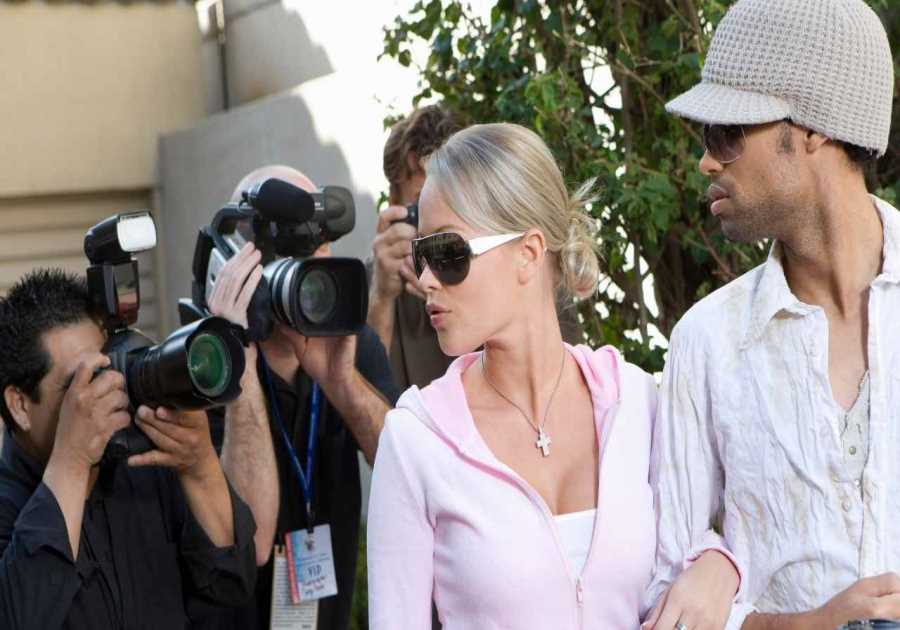
Ralph Terry, the Yankees pitcher who threw two of the most dramatic and decisive pitches in baseball history, each of them ending a World Series but with stunningly different outcomes, died on Wednesday at a long-term care facility in Larned, Kan. He was 86.
His wife, Tanya Terry, said the cause was a head injury incurred when he slipped on ice and fell.
The first of Terry’s celebrated pitches came on Oct. 13, 1960, when, in the bottom of the ninth inning against the Pittsburgh Pirates, Bill Mazeroski sent it soaring over the ivy-covered left field fence at Forbes Field in Pittsburgh, giving the Pirates a 10-9 win over the Yankees in the seventh game of the World Series.
“I should have curved him,” a despondent Terry said in the dressing room afterward; he had thrown Mazeroski a slider.
Terry’s second storied pitch, two years later against the San Francisco Giants in Candlestick Park, produced a wicked line drive off the bat of the slugger Willie McCovey that landed squarely in the mitt of the Yankees’ second baseman, Bobby Richardson, preserving a 1-0 New York victory in the decisive game and sparing Terry an ignoble spot in baseball history as a double World Series loser.
“Thank God,” he declared joyously afterward, adding, “It’s rarely in a man’s life that he gets a second chance.”
Terry spent all or part of eight seasons with the Yankees. He was touted as a successor to aging Yankee aces like Vic Raschi, Allie Reynolds and Eddie Lopat. And he did win 78 games for New York, including 23 in 1962. But it is his contrasting fates in two classic World Series games for which he is best remembered.
The 1960 Game 7 in Pittsburgh was a dramatic seesaw climax to an eccentric series. The Yankees had crushed the Pirates in every game they’d won and barely lost those they didn’t. In the rubber game, they’d come back from a 4-0 deficit to go ahead, 7-4, only to see Pittsburgh score five runs in the bottom of the eighth. Terry, who had started and lost the fourth game, had come in to squelch that rally, retiring Pittsburgh’s third baseman, Don Hoak. The Yankees promptly tied the score in the top of the ninth.
But something was wrong, and Terry knew it when he returned to the mound. As a parade of Yankee pitchers — Bob Turley, Bill Stafford, Bobby Shantz, Jim Coates — faltered earlier in the game, Terry had warmed up repeatedly, and he realized he’d left his best stuff in the bullpen. Worse, the bullpen mound was steeper than the one on the field. The change threw off his delivery, making the pitches that counted come in higher than he’d have liked on what was already a hitter’s day: The game remains the only one in World Series history without a single strikeout.
The curve that retired Hoak had actually hung. “He should have hit it a mile,” Terry later said. “Instead, he was overanxious and popped out.” Now, leading off the bottom of the ninth, came Mazeroski, who had hit only two home runs at Forbes Field since July.
Terry’s first pitch was high — too high to hit. “Get the ball down,” his catcher, Johnny Blanchard, pleaded from halfway to the mound. Terry then threw his fateful slider, and Mazeroski, a right-handed hitter, swung.
Terry had only to see the back of his left fielder, Yogi Berra, to know he was in trouble. “I didn’t think it was gone, but it was a dry fall day, and the ball kept carrying and carrying,” he recalled. “I didn’t have it. If Maz hadn’t hit it, someone else probably would have.”
Mazeroski rounded the bases, swinging his arms in joy, mobbed by players and fans, in what became baseball’s most famous home run trot. Meanwhile, as The Pittsburgh Post-Gazette put it: “Ralph Terry walked slowly off the field, head down. There would be no champagne for Ralph Terry. The New York Yankees were dead, buried by a high fastball.”
That it actually was a slider didn’t much matter. “I don’t know what the pitch was,” Terry said in the dressing room. “All I know is, it was the wrong one.” Terry’s manager, Casey Stengel, defended him, even though the gopher ball effectively cost Stengel his job.
On the plane back to New York that night, Terry sat with Blanchard, trying to get drunk. When he reclaimed his suitcase, he found a message scrawled on it: “Nice pitch, Ralph, you bum.” Some sportswriters were nearly as unforgiving. Terry “pitched as if he were trying to sell insurance to the second baseman,” Jimmy Cannon complained in The New York Journal-American.
Terry rebounded the next year, going 16-3 despite missing six weeks with a sore shoulder. But his postseason woes continued: Cincinnati’s only win against the Yankees in the 1961 World Series came off him.
For the pennant-winning Yankees of 1962, Terry went 23-12, the most wins for a Yankee right-hander since Waite Hoyt in 1928. But Jack Sanford of the Giants bested him with a three-hit shutout in the second game of that year’s Series, bringing Terry’s postseason record to 0-4. Only in the fifth game did he break his streak, beating the Giants and Sanford 5-3. And after a couple of rainouts, he was well rested for another Game 7, on Oct. 16, 1962.
Candlestick Park’s famous winds were blowing in; for Terry, who’d given up 40 home runs that year — still a team record — it was a blessing. As Don Larsen, who’d pitched the only perfect game in World Series history six years earlier, watched from the Giants bullpen, Terry mowed down the first 17 Giants he faced until Sanford collected a single. But the Yankees led 1-0 as the Giants batted in the bottom of the ninth.
Matty Alou led off with a bunt single. Terry struck out both Alou’s brother Felipe and Chuck Hiller, but then faced three future Hall of Famers. The first, Willie Mays, doubled to right; only Roger Maris’s quick relay kept Alou at third. Then came McCovey. And out came the Yankees manager, Ralph Houk.
Several pitchers, including Whitey Ford, had been warming up, but Houk stuck with his starter — and left it to him whether to walk the left-handed McCovey, who’d already homered off him in the Series and tripled earlier in the game, and, playing the percentages, pitch to the right-handed Orlando Cepeda.
Terry opted to pitch to McCovey. He’d learned his number, he thought — high and tight — and would work his spots. With a National League umpire behind the plate in a National League park, he knew he’d get no close calls, but he’d at least have a shot at getting him out. And he felt that Cepeda, hitless that day, was due. Terry feared that his second baseman, Richardson, was shading McCovey too close to first, but he said nothing.
McCovey fouled off Terry’s first pitch, a curveball low and away, to right. Then came a fastball. It was lower than Terry had wanted, dangerously resembling the pitch Mazeroski had hit, but inside. McCovey hit a screaming line drive. But it went right to Richardson, and sank rather than sailed. By the time Terry turned around to watch, the game, and the Series, and Terry’s curse, were over.
Ralph Terry was born on Jan. 9, 1936, by his account in the one-room log cabin where he lived with his parents and an older brother on his grandfather’s farmland, halfway between Chelsea and Big Cabin, Okla. In high school he shut out a team of barnstorming big leaguers, striking out Gene Stephens of the Red Sox three times.
Fifteen clubs chased him, but the Yankee scout Tom Greenwade, offering more money than he had promised Mickey Mantle, won out after a tug of war with the St. Louis Cardinals that Ford Frick, then the commissioner of baseball, was left to decide. In spring training 1954, Stengel called Terry the finest pitching prospect he’d ever seen.
The Yankees called him up in August 1956 but traded him, along with Billy Martin, to Kansas City in June 1957. New York reacquired Terry in May 1959, and he began slowly for them, faulted for overthinking, experimenting excessively and even showing some flakiness.
“During the game, it was like Ralph was in another world,” his first baseman, Moose Skowron, later recalled. “I’d go to the mound, and he’d have his back to the plate, and he’d be staring at the flags or something. I don’t know what he was thinking about out there, but he didn’t hear half the things I’d tell him.”
In 1963 — in the wake of his Game 7 heroics in San Francisco the year before, when he was named the Series’ Most Valuable Player — Terry won another 17 games. But, hampered by injuries, he sank to 6-11 in 1964. After the season, the Yankees traded him to Cleveland. He went on to play for the Kansas City A’s and the Mets, who released him in 1967. He later became a golf professional and worked in oil and gas exploration.
He finished his career with 107 wins, 99 losses and an earned run average of 3.62.
Terry lived in Larned, Kan. He married Tanya Simmons in 1960. In addition to his wife, he is survived by his sons, Raif and Gabe; two grandchildren; and two great-grandchildren.
Terry’s death stemmed from a morning routine in Larned, in central Kansas, in which he’d go to a local general store at 5:30 or so and get the newspaper for his wife and doughnuts to deliver to his sons, both of whom lived in town. On the morning of Dec. 31, his wife said, he was heading out for the store and walking to his car in the driveway when he slipped on the ice and fell, breaking a wrist and, it was later discovered, causing his brain to begin to bleed, though at the time he did not realize how badly he’d hurt his head.
After McCovey’s decisive line-drive out in San Francisco, the specter that had stalked Terry, including abusive letters and heckling from the stands, was suddenly, miraculously lifted.
“Hey, Ralph, now you can forget that ninth inning in Pittsburgh,” Joe DiMaggio shouted that day across the raucous Yankee clubhouse. “That one is washed away now.” Mantle looked toward Terry and said, “That’s got to be the happiest son of a gun in the world right there.”
Terry himself sounded a bit like Lou Gehrig. “I’m probably the luckiest man in the country today,” he said. “If the ball goes a foot or two higher or to one side, I’m the loser.”
Twice over, in fact.
Alex Traub contributed reporting.
-----------------------
By: David Margolick
Title: Ralph Terry, Yankee Hurler Redeemed by One Pitch, Dies at 86
Sourced From: www.nytimes.com/2022/03/17/sports/baseball/ralph-terry-dead.html
Published Date: Thu, 17 Mar 2022 19:26:17 +0000
Did you miss our previous article...
https://ballerawards.news/sports/knocked-down-by-covid-in-beijing-vincent-zhou-is-getting-back-up






